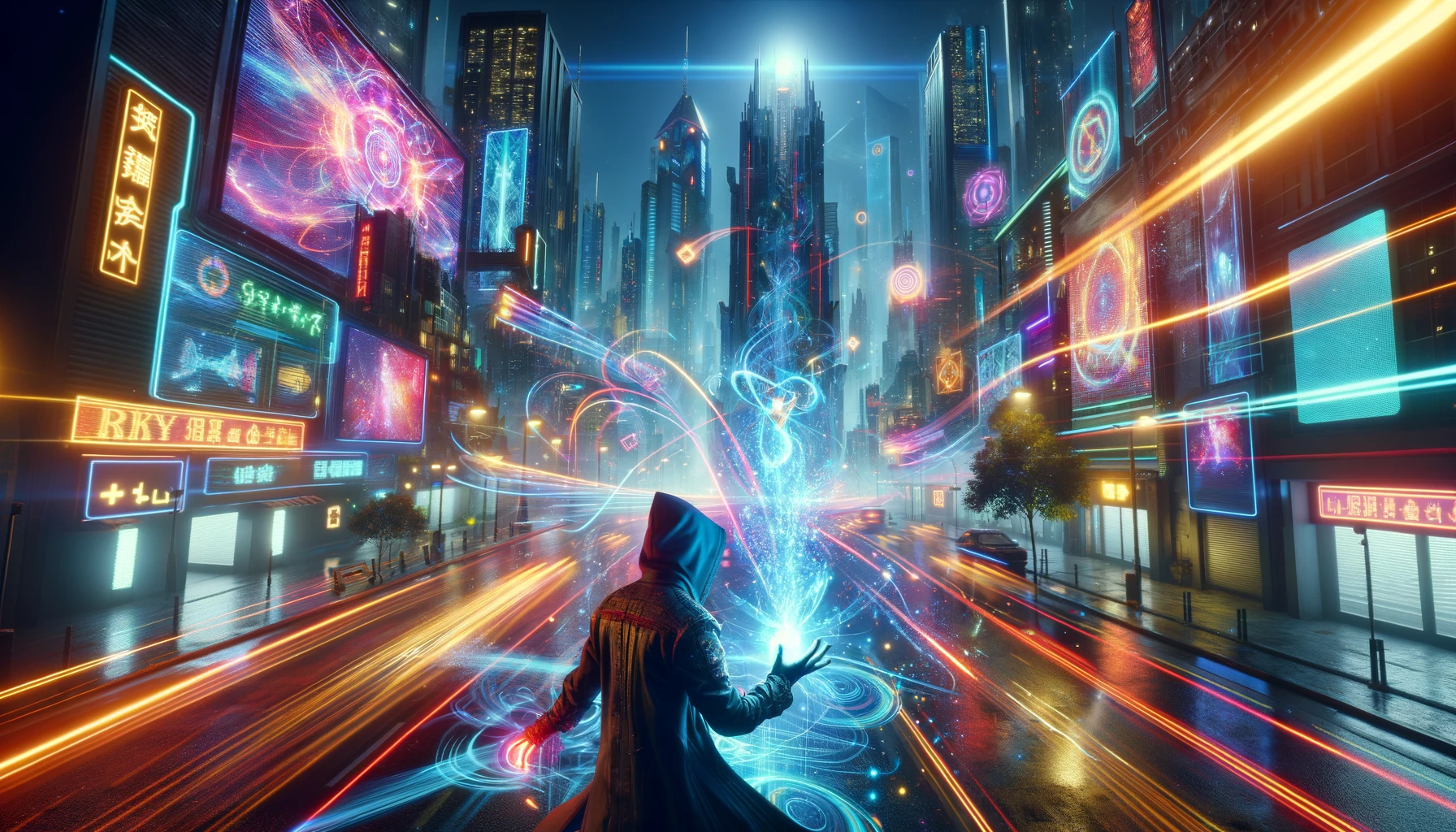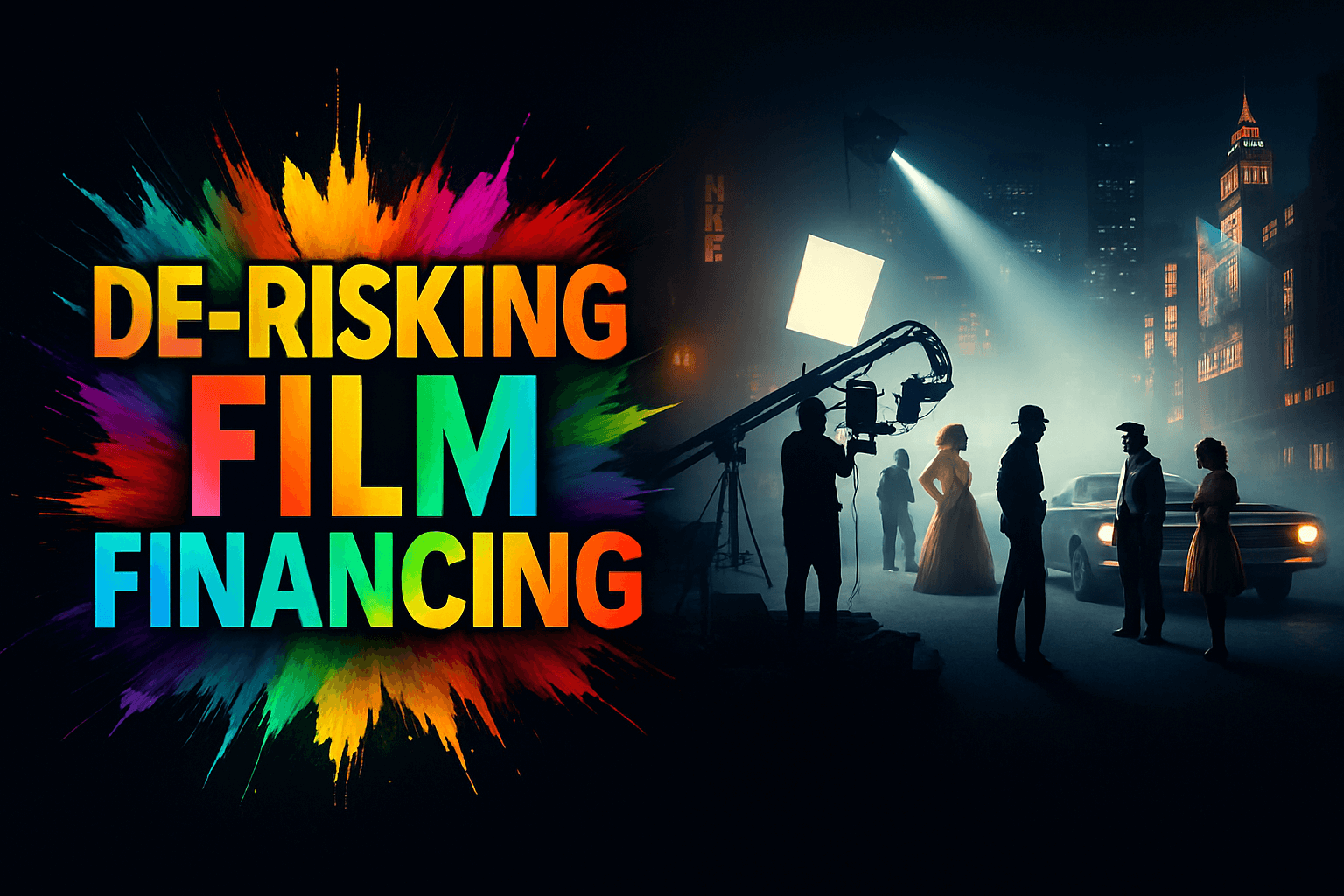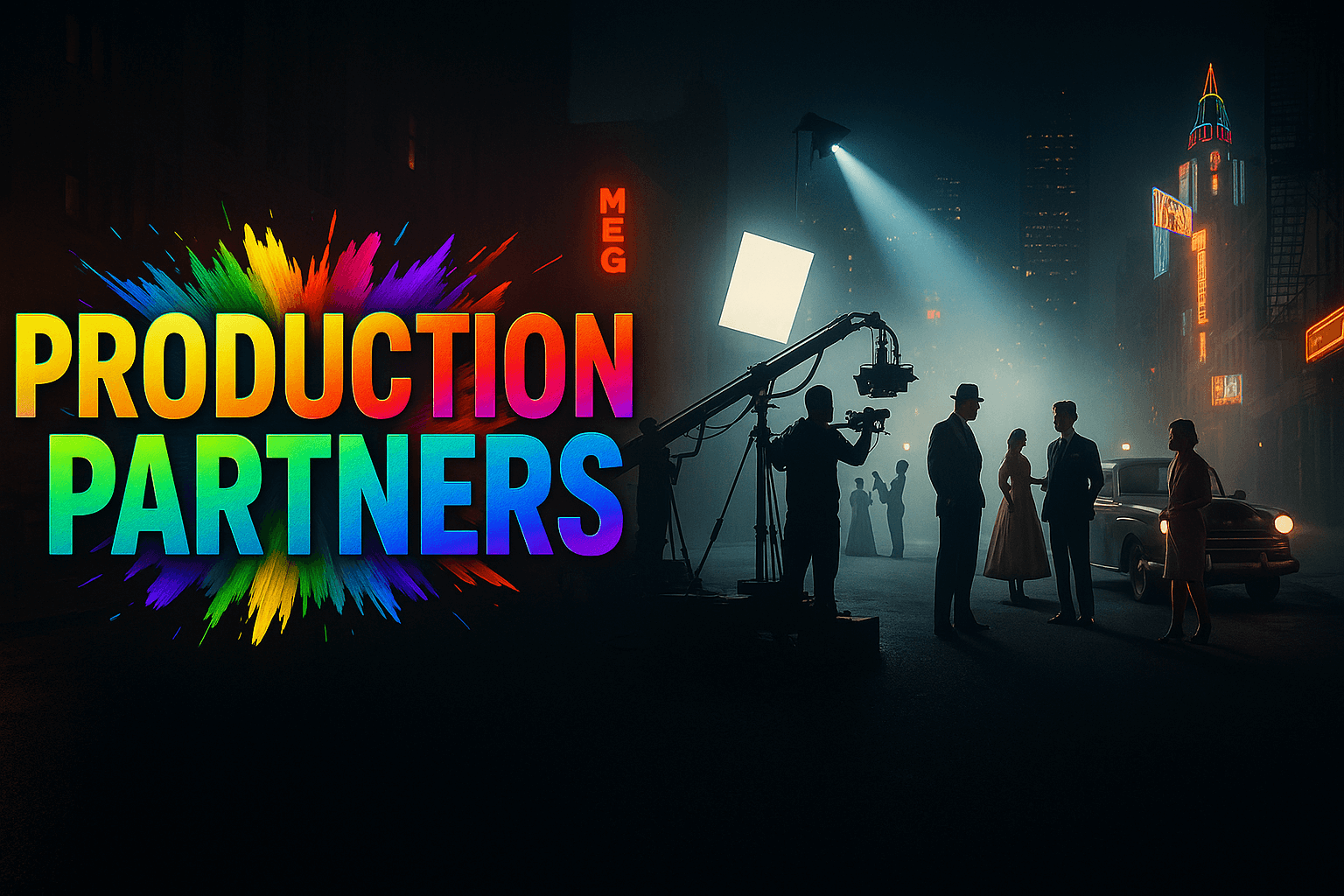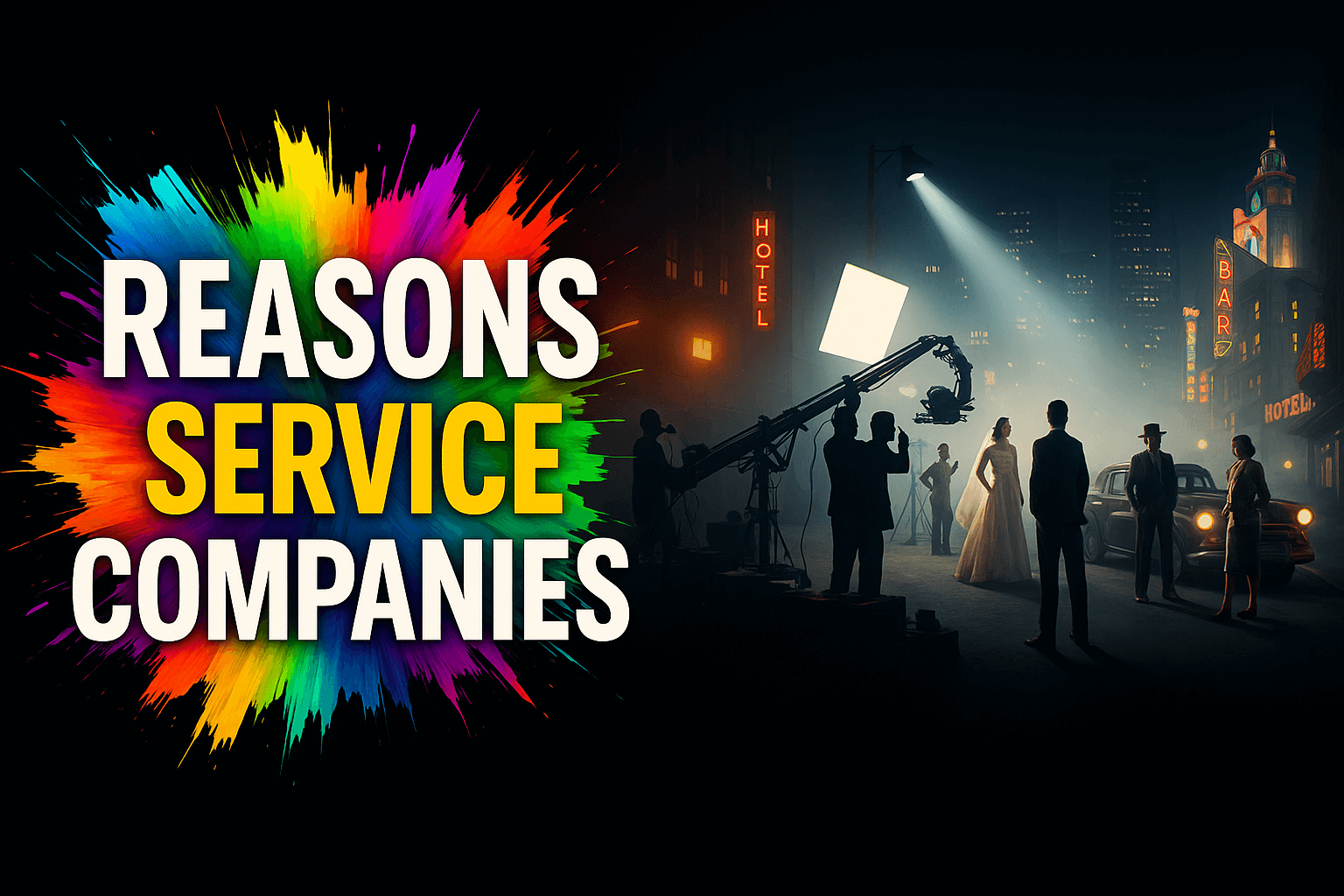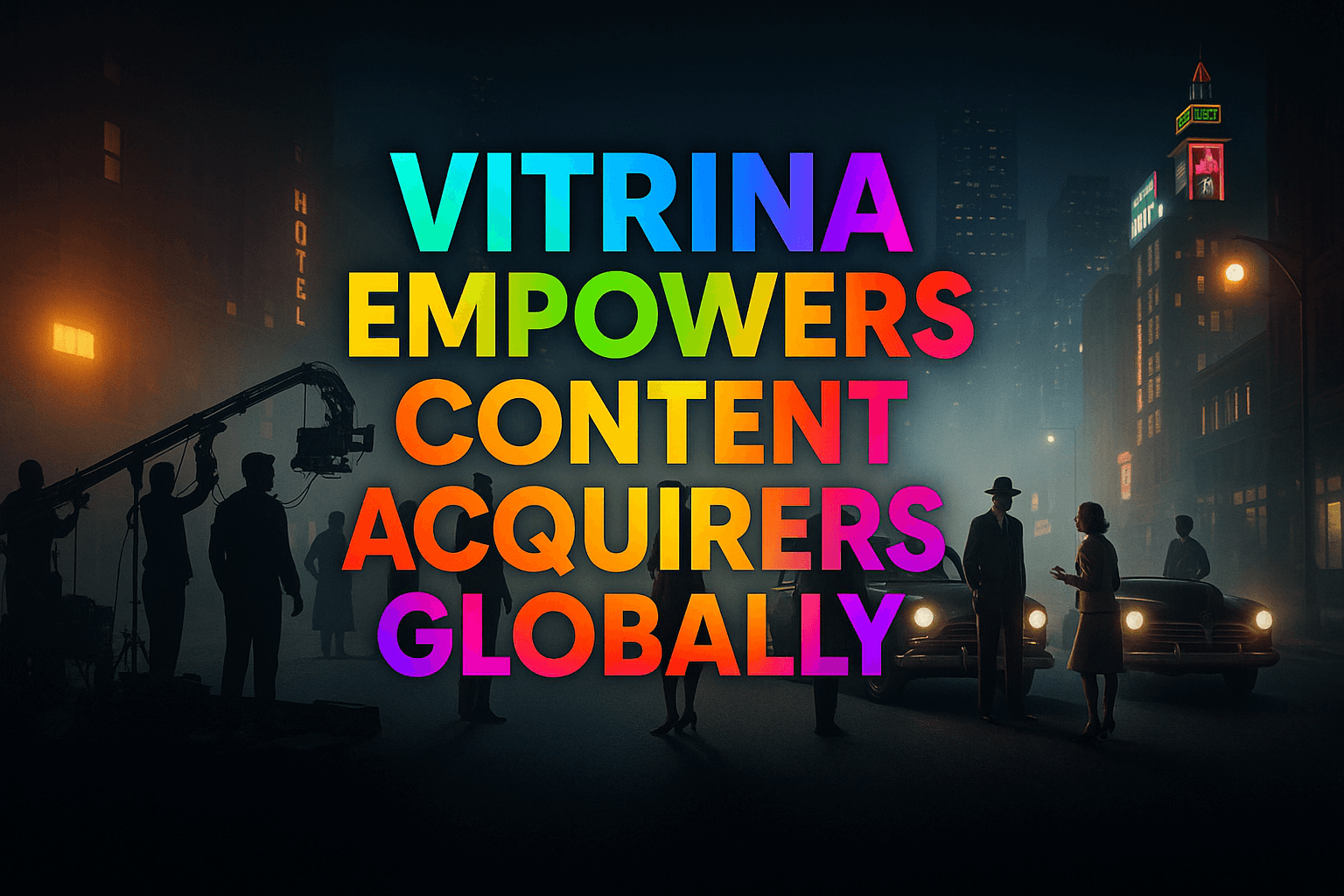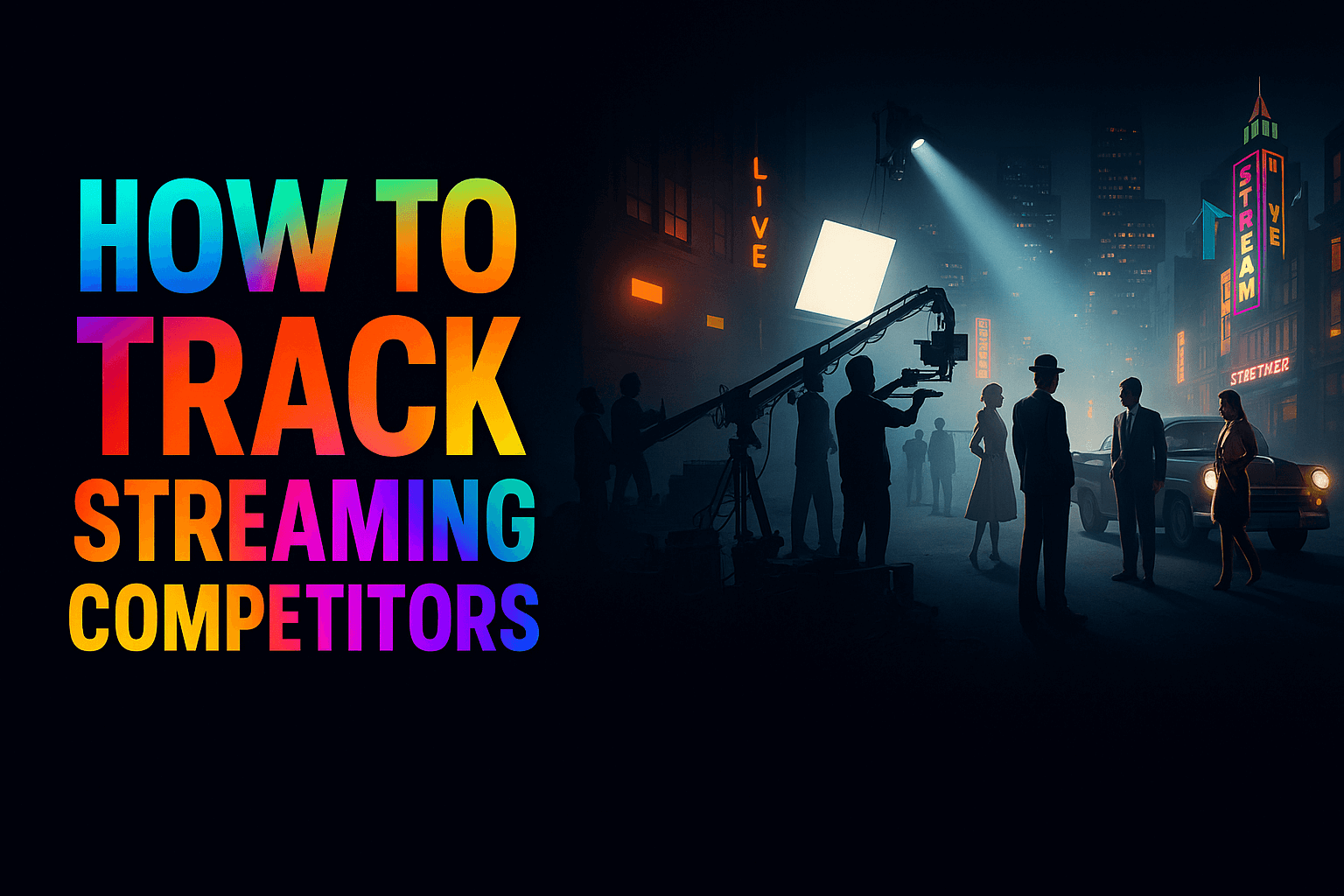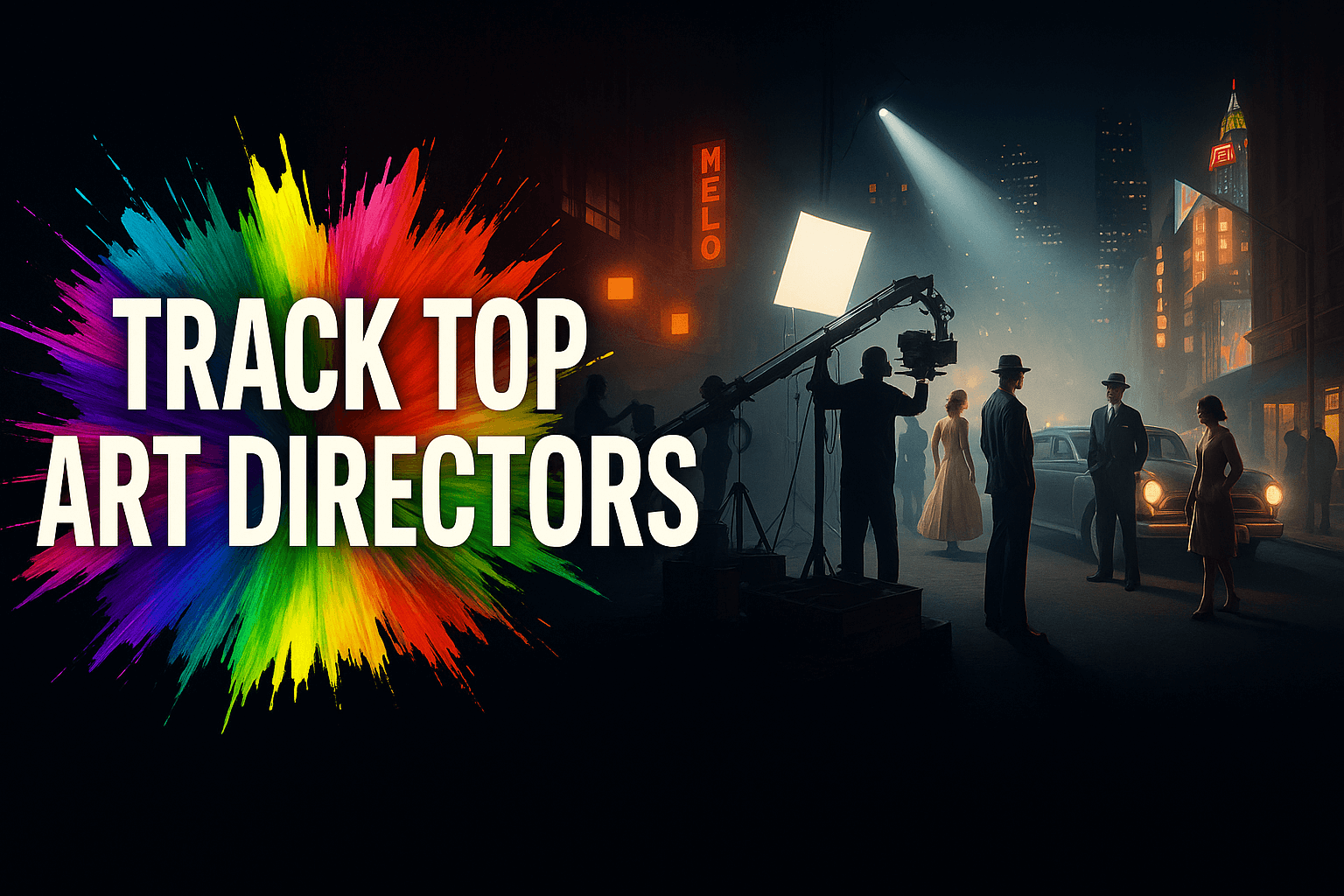Real-Time VFX
In the dynamic and ever-evolving world of filmmaking, visual effects (VFX) play a crucial role in bringing imaginative stories to life. Real-time VFX, in particular, has revolutionized the industry by enabling filmmakers to see and interact with their effects in real-time, allowing for greater creativity and efficiency. However, choosing the right real-time VFX studio can be a daunting task. This guide will provide filmmakers with the knowledge and tools they need to make an informed decision, ensuring their project receives the highest quality visual effects.
Why Real-Time VFX is Essential for Modern Filmmaking
Real-time VFX technology allows for immediate feedback and adjustments, significantly enhancing the creative process. This capability is particularly beneficial for:
- Accelerating production timelines: Real-time rendering reduces the waiting period for VFX shots.
- Enhancing collaboration: Directors, producers, and VFX artists can work together more effectively.
- Improving visual quality: Higher fidelity and more intricate effects can be achieved.
Looking for VFX
Experts or Projects?
Join Vitrina to Expand Your Global Entertainment Network
- Promote
Your VFX
Services. - Connect
with Vendors &
Studios Worldwide. - Discover
New Projects &
Opportunities - Find
Trusted VFX
Partners.

Key Factors to Consider When Choosing a Real-Time VFX Studio
Technical Expertise and Innovation
The first and foremost factor to consider is the technical expertise and innovation of the VFX studio. This includes:
- State-of-the-art technology: Ensure the studio uses the latest real-time rendering software and hardware.
- Experienced team: Look for a team with a proven track record in real-time VFX.
- Innovation: A studio that constantly pushes the boundaries and adopts new technologies will deliver superior results.
Portfolio and Experience
Reviewing the studio’s portfolio and past projects is crucial. Consider:
- Diverse portfolio: A studio with a wide range of projects demonstrates versatility.
- Industry recognition: Awards and nominations from industry bodies can indicate quality and reliability.
- Project relevance: Look for projects similar to your own in scope and style.
Client Satisfaction and Testimonials
Client feedback and testimonials provide valuable insights into a studio’s reliability and quality of service. Look for:
- Positive reviews: Consistently good feedback from past clients.
- Long-term relationships: Studios that have ongoing relationships with clients are likely to be more reliable.
- Case studies: Detailed case studies can provide a deeper understanding of how the studio handles projects.
Scalability and Flexibility
A good VFX studio should be able to scale its services to meet the needs of different projects. Consider:
- Project size: Whether the studio can handle projects of varying scales, from indie films to blockbusters.
- Flexibility: The ability to adapt to changes and unforeseen challenges during production.
- Resource allocation: Ensuring the studio can dedicate sufficient resources to your project.
Communication and Collaboration
Effective communication and collaboration are key to a successful partnership. Evaluate:
- Communication channels: Ensure there are clear and efficient ways to communicate with the studio.
- Collaborative approach: The studio should be open to feedback and willing to work closely with your team.
- Project management: A structured approach to managing the project timeline and deliverables.
Budget and Cost-Effectiveness
Budget considerations are always important. Assess:
- Transparent pricing: Ensure the studio provides clear and upfront pricing.
- Value for money: Consider the quality of work relative to the cost.
- Flexible payment options: Payment plans or options that fit your financial situation.
Looking for Global VFX Projects?
Create your profile on Vitrina!
- Promote your VFX studio.
- Connect with global studios.
- Showcase projects & clients.
- Find projects matching your expertise.

Step 1: Define Your Project Needs
Before you start searching for a VFX studio, clearly define your project requirements. Consider:
- Scope of work: The number and complexity of VFX shots needed.
- Budget: How much you are willing to spend on VFX.
- Timeline: Project deadlines and milestones.
- Creative vision: The style and look you want to achieve.
Step 2: Research Potential Studios
Once you have a clear understanding of your needs, start researching potential VFX studios. Use:
- Online directories: Websites that list top VFX studios and their portfolios.
- Industry contacts: Recommendations from colleagues and industry professionals.
- Social media and forums: Insights from film communities and forums.
Step 3: Evaluate Portfolios and Showreels
Review the portfolios and showreels of the studios you are considering. Look for:
- Quality of work: High-quality visuals and seamless integration of effects.
- Variety: A range of different styles and types of VFX.
- Consistency: Consistent quality across different projects.
Step 4: Contact Studios for Initial Consultations
Reach out to the shortlisted studios for initial consultations. Prepare to discuss:
- Your project details: Provide a clear overview of your project and its requirements.
- Questions about their services: Ask about their experience with similar projects, their process, and their technology.
- Availability: Ensure they can meet your timeline.
Step 5: Request Proposals and Quotes
Ask the studios to provide detailed proposals and quotes. Evaluate:
- Scope of work: Ensure all required services are included.
- Pricing: Compare costs and what is included in each quote.
- Timeline: Confirm they can deliver within your schedule.
Step 6: Check References and Reviews
Before making a final decision, check references and reviews. Contact previous clients to ask about:
- Their experience: How was the overall experience working with the studio?
- Quality of work: Were they satisfied with the final product?
- Reliability: Did the studio meet deadlines and stay within budget?
Step 7: Negotiate Contract and Terms
Once you have selected a studio, negotiate the contract and terms. Ensure:
- Clear deliverables: Detailed list of what will be delivered and when.
- Payment terms: Clear payment schedule and terms.
- Revisions policy: Understand how revisions and changes will be handled.
- Confidentiality: Ensure your project details are kept confidential.
Step 8: Establish Communication and Workflow
Set up a communication and workflow plan with the studio. Decide on:
- Regular updates: Frequency and format of progress updates.
- Point of contact: Who will be your main point of contact.
- Feedback process: How and when you will provide feedback.
Common Mistakes to Avoid
Choosing Based on Price Alone
While budget is important, choosing a studio solely based on price can lead to subpar results. Quality and reliability are equally important.
Not Reviewing Portfolios Thoroughly
Failing to thoroughly review a studio’s portfolio can result in mismatched expectations. Always ensure their style and quality match your vision.
Ignoring Communication Issues
Effective communication is crucial for a successful project. If a studio is difficult to communicate with during the initial stages, it may cause problems later on.
Overlooking Technical Capabilities
Ensure the studio has the technical capabilities to deliver what you need. This includes the latest software, hardware, and expertise in real-time VFX.
Conclusion
Finding the right casting service companies can be the difference between a mediocre project and a masterpiece. By leveraging the power of Vitrina, you gain access to a curated selection of industry leaders, ensuring your creative journey begins with the perfect partnership. Remember, your success lies not just in choosing the top companies, but in finding the perfect fit for your project’s unique needs and aspirations. So, explore, connect, and create with confidence, knowing Vitrina is your trusted guide every step of the way.
Real-time VFX refers to visual effects that are created and rendered in real-time, allowing for immediate feedback and iteration.
Real-time VFX is important because it enhances creativity, reduces production time and costs, and enables more complex and dynamic scenes.
Choose the best VFX studio by assessing your project needs, researching studios’ portfolios and reviews, evaluating their technical expertise, and considering their collaboration style.
The benefits of using real-time VFX include immediate feedback, cost efficiency, and enhanced storytelling.
During initial consultations, ask about their experience with similar projects, their process, technology used, availability, and pricing.























